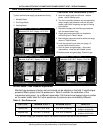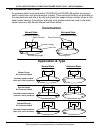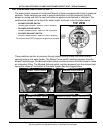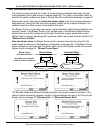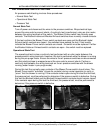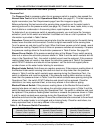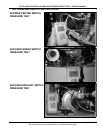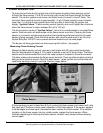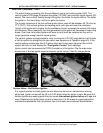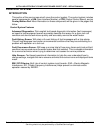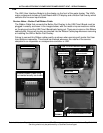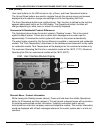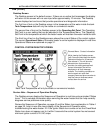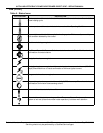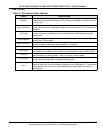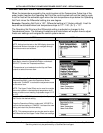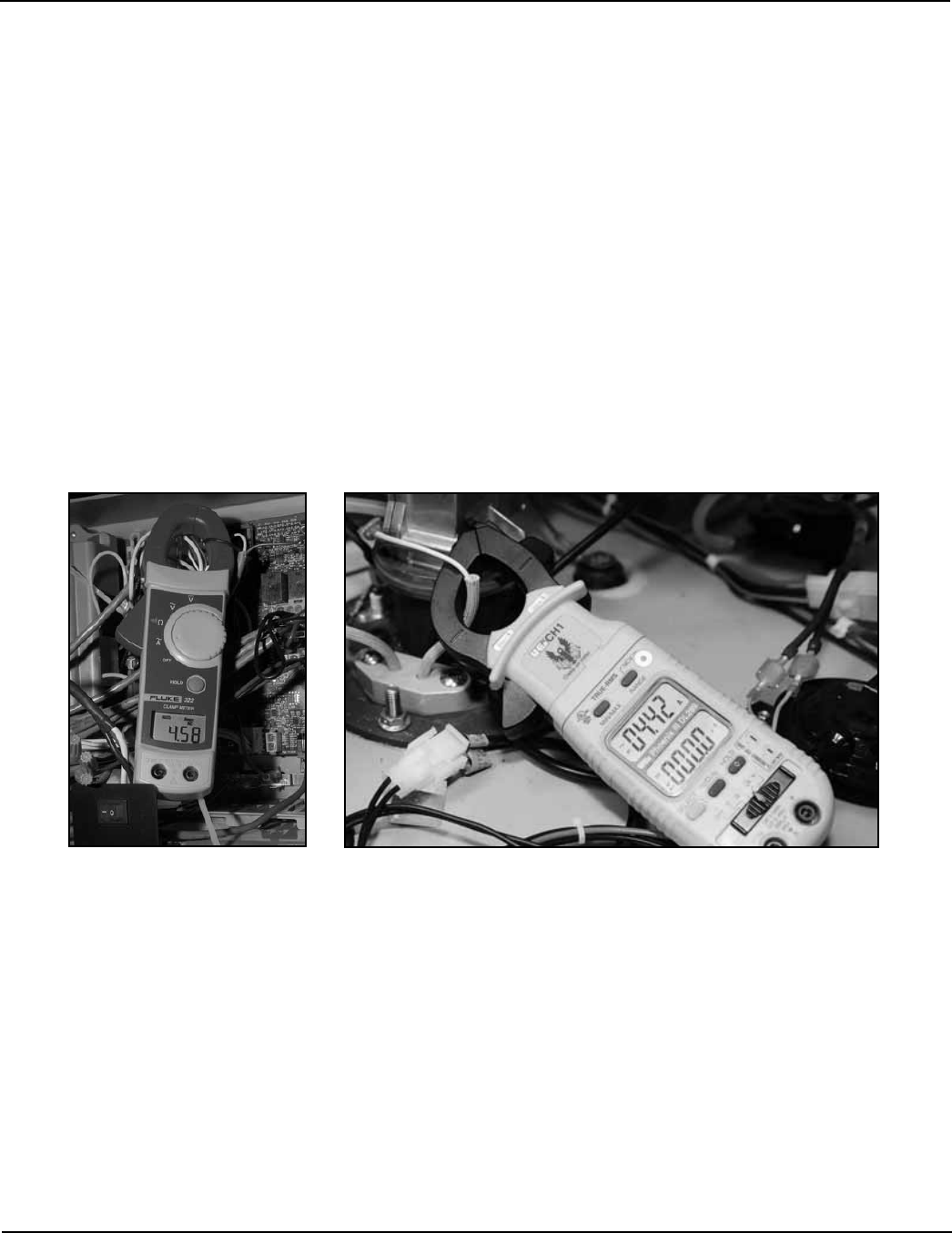
Technical Literature Department 25 of 52 Ashland City, TN © 2008
Servicing should only be performed by a Qualified Service Agent
ULTRA HIGH EFFICIENCY POWER VENT/POWER DIRECT VENT - SERVICE MANUAL
IGNITER CURRENT TEST
The water heater covered by this Service Manual uses a hot surface igniter (HSI). The
control system CCB (page 35) powers the igniter (120 VAC) and monitors igniter current (AC
amps). The more current flowing through the igniter; the hotter the igniter will be. The hotter
the igniter is; the more likely it will be to ignite the burner.
The normal resistance of the hot surface igniter (when new) will be between 40-70 ohms at
77°F (25°C). Hot surface igniters are wearing parts; with age and wear the resistance
(ohms) of the igniter will increase. As the resistance (ohms) increases the current (AC amps)
will decrease. More importantly the heat generated by the igniter will decrease at lower amp
draws. Over time hot surface Igniters will wear out and must be replaced as they will no
longer generate enough heat to cause ignition.
The control system is programmed to verify a minimum of 2.0 AC amps before it will initiate
a trial for ignition by energizing the gas valve (see Sequence of Operation page 40). If the
control system senses less than 2.0 igniter amps during the warm up period the control
system will lock out and display the “Low Igniter Current” fault message.
Igniter current can be measured at CCB J5 socket or at the igniter. Clip the amp meter
around one of the two igniter wires to measure igniter current. See the images below.
Service Notes - Hot Surface Igniters
It is a good practice to check igniter current when any service or maintenance is being
performed. Igniter current will be 4.0 to 5.0 AC amps when the igniter is new. Because hot
surface igniters are wearing parts they can cause intermittent ignition failure with age and
wear. Replacing the igniter when current is lower than 3.0 AC amps is a good preventive
maintenance procedure that can prevent loss of hot water and customer dissatisfaction.



